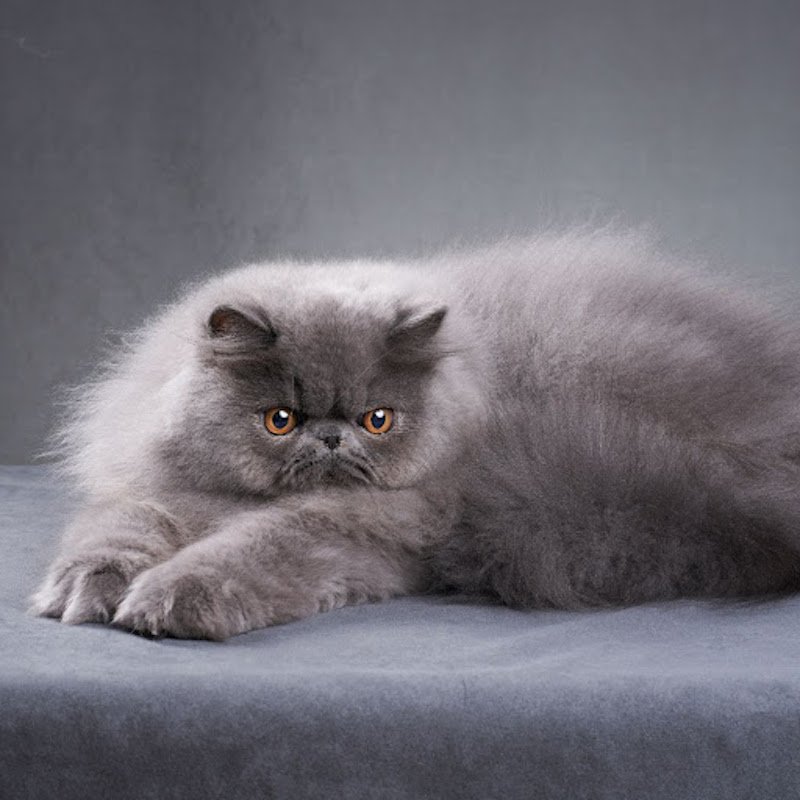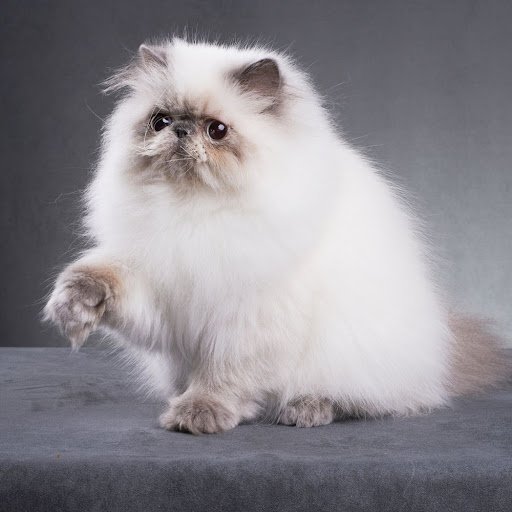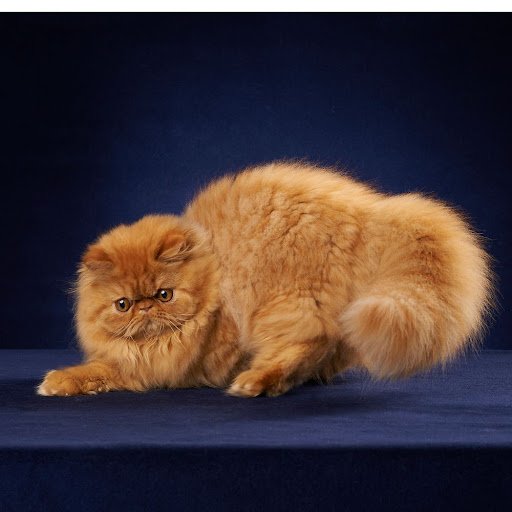
Persian cats are some of the most well-known cats in the world. They are prized for their beautiful coat, which comes in many colors and patterns, and their calm and gentle personality. However, this comes at a price – Persian cats are infamously expensive.
What makes Persian cats so expensive? Several factors, including their high level of care, wide range of colors and patterns, and their reputation as a status symbol. This article will look at these factors so we can understand why Persian cats have such a hefty price tag.
Popularity
The Persian cat we know today, with the flat or brachycephalic face, is bred from a genetic mutation. This anomaly, isolated in 1942, is used to reproduce the Persian cats of today. This trait would have disappeared from the Persian population if selective breeding with the mutation wasn’t used.
Persian cats born without the trademark flat face are called doll-faced or traditional Persians, who are closer to the original Persian cats. Some breeders and owners prefer the classic look, though some have concerns about the health of the flat-faced Persians.
Both Persians have the long, soft coat they are well known for plus any other Persian specific traits.
Persians were exotic to people of the nineteenth and twentieth centuries, even though the breed goes further back. They were popular because of their exotic look and the fact they originated in Persia (Iran). In earlier centuries, long-haired cats weren’t as common as short-haired cats, which also lends to their popularity.
Persians weren’t attainable by the commoner. They were expensive, so they were aristocratic pets, and status symbols in high society. They are just as popular now as they were then, but are more attainable.

Luxurious Coats
They are known for their luxurious fur, another reason for their expense. Their hair is produced by a genetic mutation, giving Persian cats a distinctive look. Persian cats are also known for being gentle and affectionate, which makes them popular pets.
However, Persian cats require a lot of grooming, which can be costly. In addition, their long, thick fur can quickly become matted and tangled. This means you’ll need to brush your cat’s fur regularly – at least once a week, preferably daily. You’ll also need to bathe your cat regularly, using a special shampoo for cats with long fur.
Of course, all of this grooming can be a bit time-consuming. But if you’re willing to put in the effort, you’ll be rewarded with a beautiful, healthy-looking cat.

Health Problems
Persian cats are also prone to health problems. One of the most common health problems for Persian cats is Brachycephalic Syndrome. This condition affects how the cat’s skull is formed and can cause many problems, including difficulty breathing, trouble keeping the body temperature regulated, and more.
Persian cats also tend to have a lot of eye problems. Their large eyes are susceptible to injury and infection. They are also at risk for Lacrimal Duct Stenosis, which causes the tears to not drain properly and can lead to serious eye infections.
These cats are also prone to Polycystic Kidney Disease. An inherited disorder in which tiny, closed, liquid-filled sacs develop in the tissue of the feline kidney. Most breeders will ensure their breeding program excludes cats that may pass this disease onto their kittens.
So if you’re thinking of getting a Persian cat, be sure to do your research and be prepared to care for a cat with some special needs.
High Demand Status Symbol

In the early 1600s, Persian cats were imported into Europe from Persia. These beautiful long-haired cats were immediately prized for their exotic looks. As a result, they were named after their presumed homeland, Persia, now known as Iran. However, no one knows how long they’ve been around, and their true origins remain a mystery. Queen Victoria Had Persian Cats and was an animal fanatic with a fondness for these cats. She owned multiple Persian cats, which contributed to the cat’s elegance, sophistication, and nobility status.
At London’s Crystal Palace in 1871, these cats were the main attraction in the world’s first organized cat show. Twenty thousand people went just to witness a Persian kitten win the Best in Show award.
Persian cats are one of the earliest pedigreed breeds. The first purebred Persians arrived in the US around 1875. The Cat Fanciers’ Association was formed in America in 1906, and the Persian was one of the first cats registered.
There have been several famous paintings that sold for exorbitant amounts over the years. However, none is as unique as the one titled My Wife’s Lovers. This painting features 42 Persians. It took three years for the artwork to be completed. It stands at six feet by eight point five feet and weighs an incredible two hundred twenty-seven pounds. The last time it sold, the price was 826 thousand dollars.
Persian cats are in high demand as a status symbol. Breeders will sell companion animals for less than if you want a competition animal. Still, if you want to add a Persian cat to your home, be prepared to pay a high price.
Because of their pedigrees and coat colors and patterns prices can go up. Persian cats can cost anywhere from $500 to $5,000. If you are looking at a kitten with grand champion show parents, the price will be higher than if you get a kitten whose parents were companion cats.
Conclusion
Persian cats are expensive for a variety of reasons. They are a rare breed, have long coats that require a lot of grooming, and are often purchased as show cats. So if you’re considering buying a Persian cat, be prepared to spend a lot of money. comment below to share your experience.